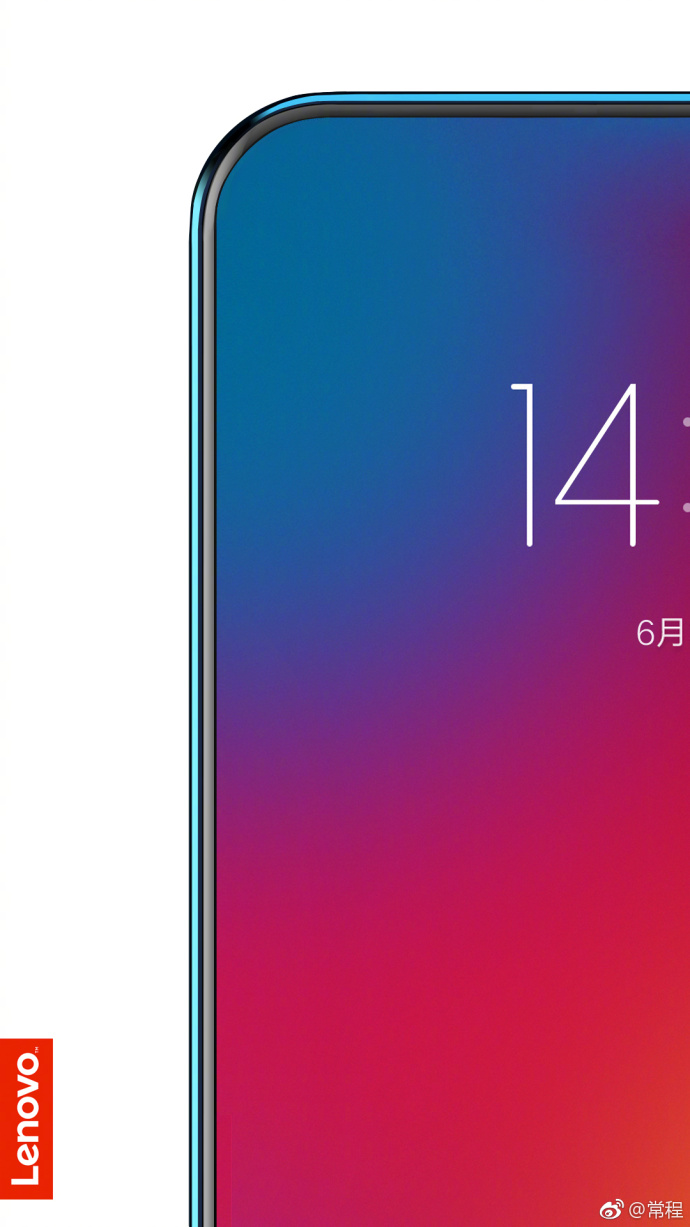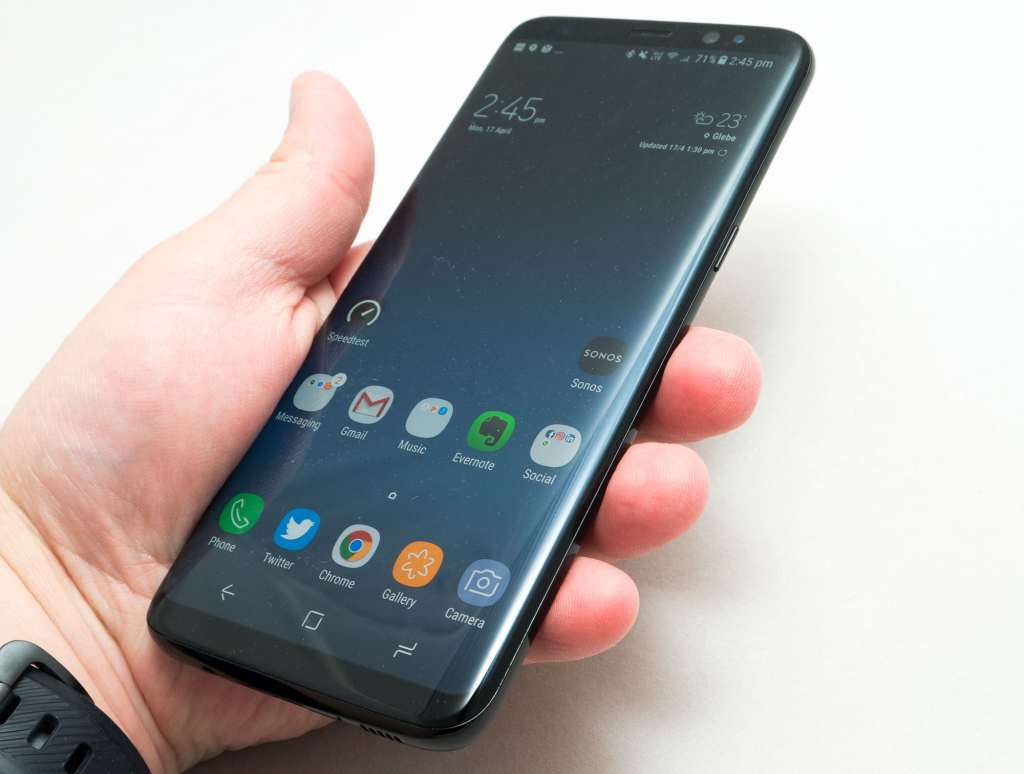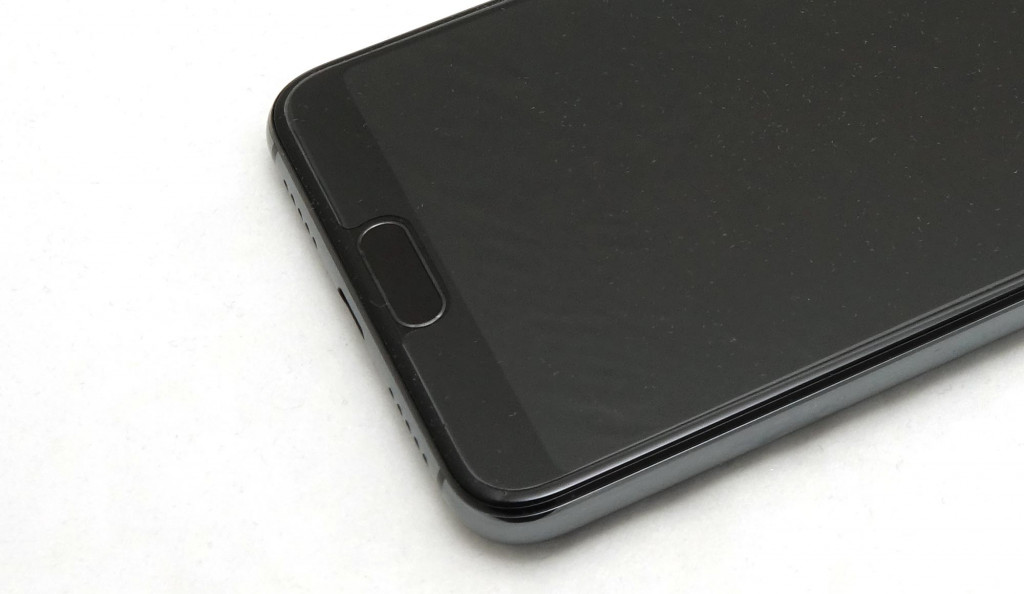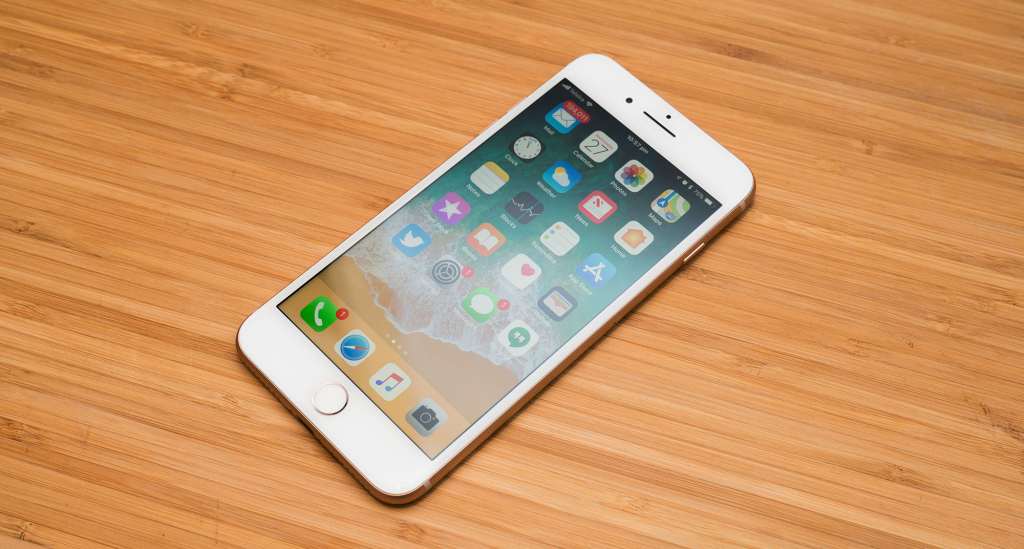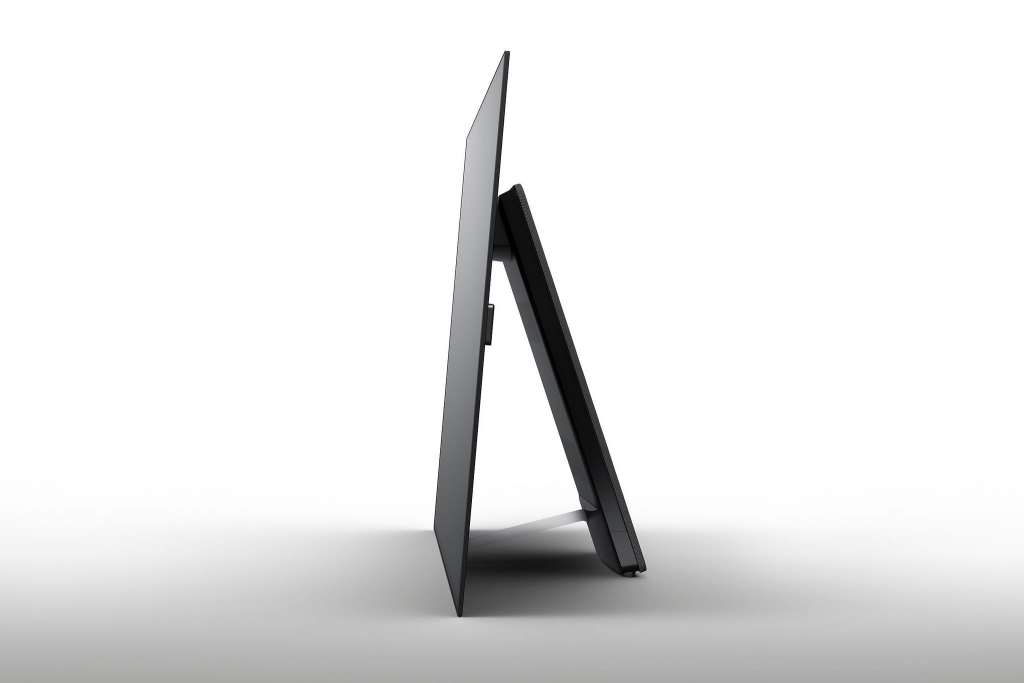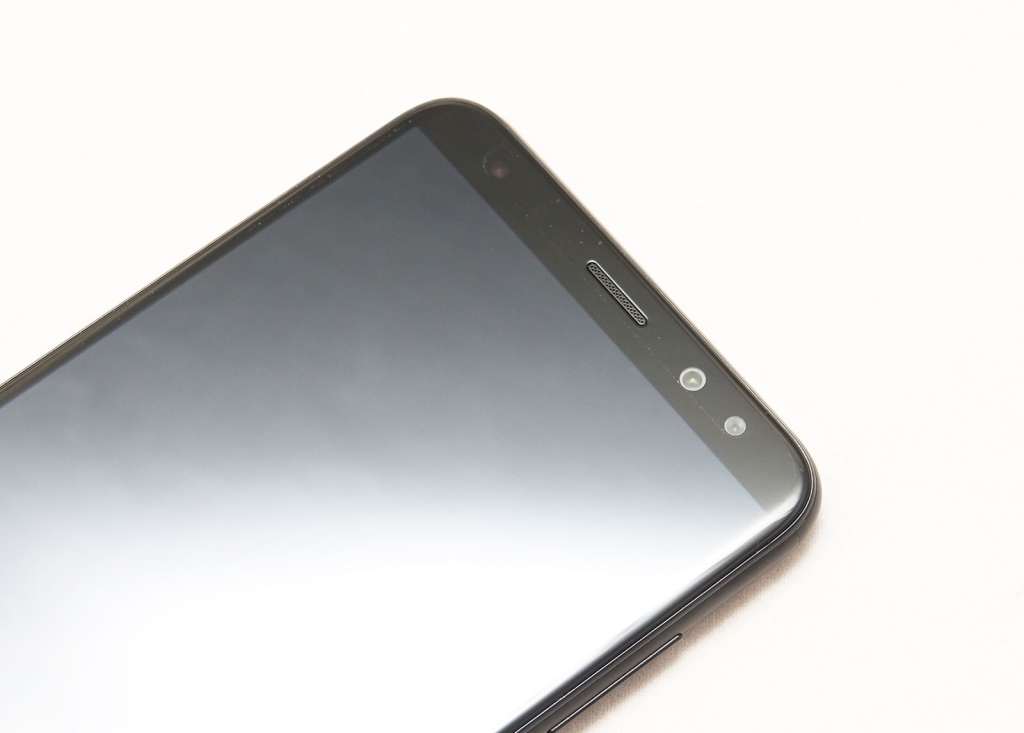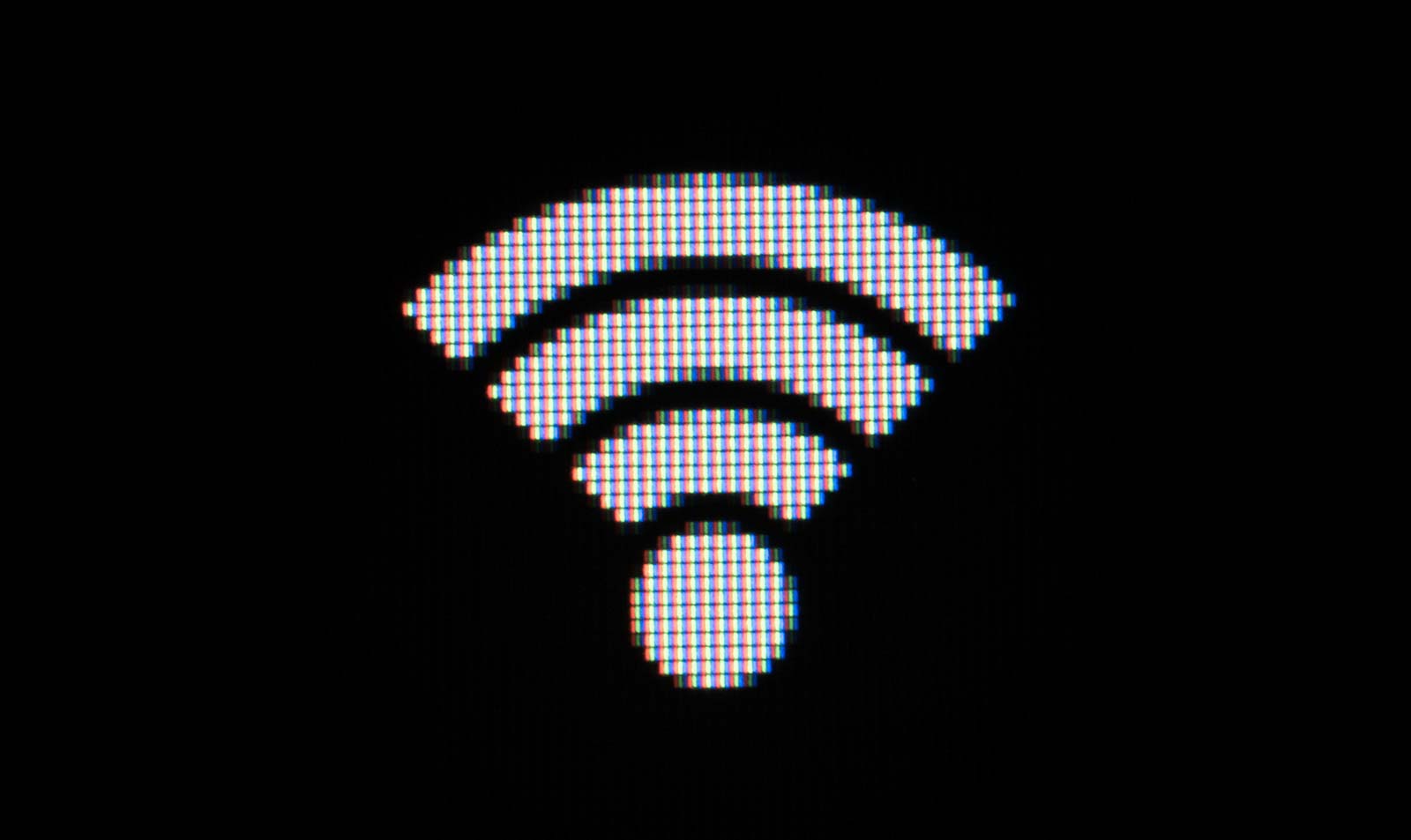Phone design is changing, and while some still try to emulate the layout of Apple’s iPhone, the focus now is on a total vision of the future: the all-encompassing screen. How close are we?
There’s a vision painted by science fiction that we seem to be getting close to: a screen that you can carry around showing the world and any form of information you want, and it goes from edge to edge. It might even be translucent or transparent, but it’s essentially a glass screen able to give you a glimpse of any data you want, and it’s yours to take with you where ever you go.
You see it in movies and TV shows, and while it might sound like a piece of science fiction, it actually sounds an awful lot like one of our modern day smartphones.
Take out a 5.5 or 5.8 or 6.2 inch device and there it is waiting for you, a big screen with a mobile connection able to access any bit of information whenever you need it. These days you can even speak to it, making that sci-fi era level of interaction just a bit more lifelike.
But one thing still eludes it: the screen isn’t perfectly encased.
The phones of 2017 helped bring the idea to life in a way no one really had seen prior, with screens that curved to each side, simulating the edgeless design on the left and right side, but what about the top and bottom?
Apple’s iPhone X neared that with a screen that rounded out the front of the display, but it’s still not a totally fullscreen display. How do we get to edgeless?
How do we get to an all-screen phone?
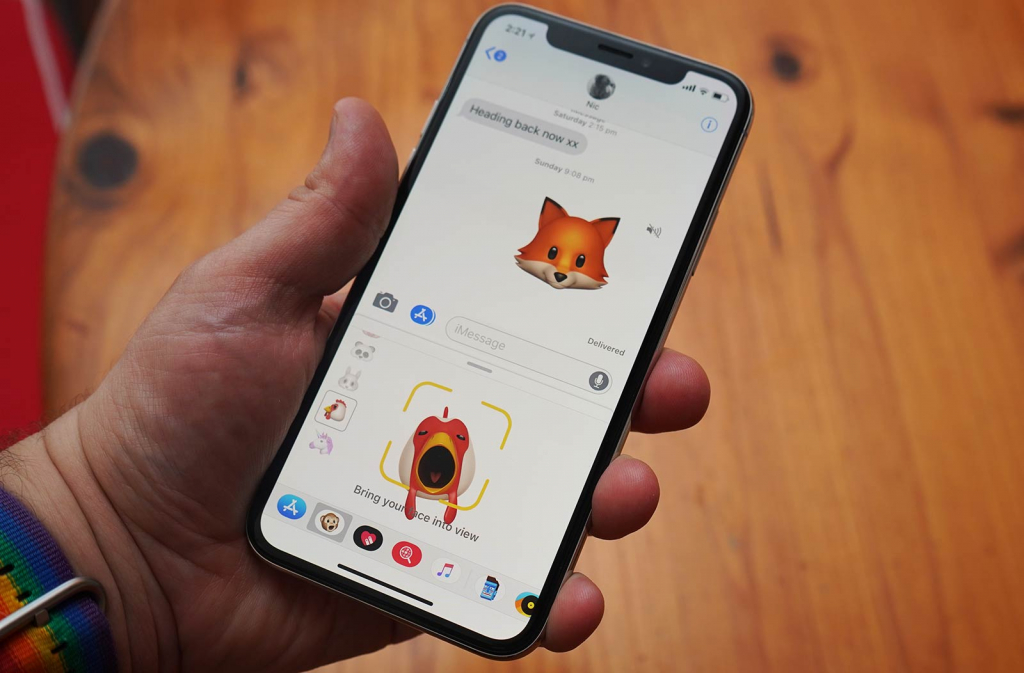
Playing hide and seek
Building the all-screen phone comes with its share of quibbles, and while holding the phone will have to be from the sides, the main issue of building that phone entirely from the screen comes from where you hide elements.
You might not think about it, but there’s more to the front of a smartphone than merely the screen: there’s a front-facing camera, a speaker, other sensors, and sometimes a fingerprint sensor and button, meaning there’s more to the front of the phone than just the screen.
Fortunately, some of these things have obvious fixes.
Take the fingerprint sensor, which can be thrown on the back as it is in most Android smartphones, or gotten rid of entirely as it was in the Apple iPhone X, replaced with a face scanner using facial mapping.
There’s also a technology that scans a fingerprint in using the screen itself, and while it was shown off last year, we’ve been expecting a few phones to arrive that herald this exciting technology.
In fact, at the launch of Huawei’s P20 Pro, its Porsche-collaborated Mate RS featured the technology built in alongside a rear fingerprint sensor, just in case you needed both.
Positioning the fingerprint sensor is therefore easy, but what about the important bits we can’t go without. Seriously, how do you hide a speaker on an all-screen phone?
How to hide a speaker
At the top of every smartphone, you’ll find a speaker, and when you press your phone against the side of your face, you’re holding that speaker up to your ear.
The front-facing speaker is one of those phone design elements that has always remained the same, and that’s because while our phones can do a lot more than make phone calls, that one “must have” inclusion is that they work as a phone.
That means we need a speaker at the top where we’d normally press our ear, and a microphone at the bottom. The microphone is pretty easy to account for, placing it on the bottom edge of a smartphone frame, but the speaker at the top front may need some rejigging, so what can smartphone makers so with a all-screen phone?
One solution might be to use the entire screen as an audio surface, similar to what Sony did with its A1 OLED TV, creating an acoustic surface and sending the sound across the display.
Another might be using the pixels themselves to create sound, a concept we’ve heard LG has been fiddling with, allowing a semblance of sound to come from the screen itself.
A more likely take might be to include the speaker grille inside the thin edge between the screen and the bezel, with a part of the frame emitting the sound along the front. It would be hard to see, but still very much a part of the design, and if the speaker grill included tiny dots, not out of the reach of something we’d expect from the likes of Apple, which has been using tiny holes on its computer speakers for some time.
While the speaker is one important area to hide, there’s also one critical piece we can’t go without: the camera.
How to hide a camera
Selfies make a big part of how we use cameras on smartphones, but there are also perfectly appropriate reasons for the technology, most specifically being video conferencing.
But even if you don’t like the front-facing camera (or have no plans to use one), the ship has sailed on having a phone without them. The front-facing camera is now a part of our smartphone existence, so get used to them.
It’s also a bit of a problem if you plan on making a big screen take over the front of the display. It needs to go somewhere, and making it sit on the front of a screen can be rather difficult.
So how do you hide the camera on an all-screen phone?
A few ways spring to mind, starting with a spring-loaded (or motorised) pop-up camera, extending from the frame of the smartphone. If you don’t need the camera all the time, this makes sense, even if it would likely break over time.
There’s also the possibility of a camera being built behind the screen, with transparent displays making it possible to switch the camera on when the screen isn’t needed in a top section of the display.
One particularly interesting take comes from Apple, which US site Apple Insider picked up on last year, with a screen that could have tiny holes inside to allow other things to work through the display, things like a camera.
How close are we to full-screen?
While much of this technology might seem far off, it may actually be closer than you think.
Already this year, one manufacturer has revealed what’s possible, with Vivo showing its Apex FullView phone, a concept that may be realised as a release product, though one we likely won’t see in Australia (Vivo doesn’t release locally).
This phone is mostly screen with only a little bit at the bottom going without, and Vivo has taken the neat trick of having the front-facing camera extend from the top of the phone when you need it. That’ll mean selfies might be less impromptu, but it’s a cute solution for what is definitely a problem with the all-screen phone.
Vivo’s concept isn’t alone, either.
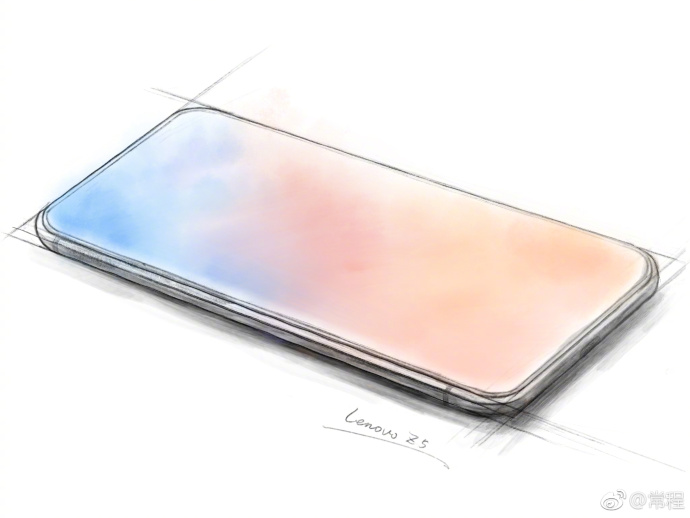
Lenovo has been giving hints that it, too, will reveal an all-screen phone shortly, and it could be as early as this week.
Called the Z5, the sketches and renders leaked by Lenovo’s Chang Cheng appear to suggest this will be an all-screen phone with no measles whatsoever, or remarkably slim ones, essentially making it the most futuristic phone of the bunch.
Again, Australians are unlikely to see it as Lenovo doesn’t release phones in this market through the “Lenovo” brand. Rather, we see Motorola phones from its acquisition of that brand, but nothing else.
Sadly, as the announcement arrived, Lenovo’s hints became nothing more than fantasy, as another phone complete with a notch and chin were revealed.
However the moment a major manufacturer marks its ability to make this future style of phone, that’s when the all-screen phone race gets interesting.
While a winner to that beloved “first” and “second” spot will already have been picked, the first there isn’t always the winner in the smartphone world. Rather, it’s the most successful, and once one company has shown it can do it, every other brand will start coming to the table.
That means if Lenovo does announce ahead of the other brands, you can expect the likes of Apple, of Samsung, of Huawei, Motorola, LG, HTC, and Sony won’t be too far behind, and a full view all-screen experience will be something every phone company will offer in the not-too distant future.


